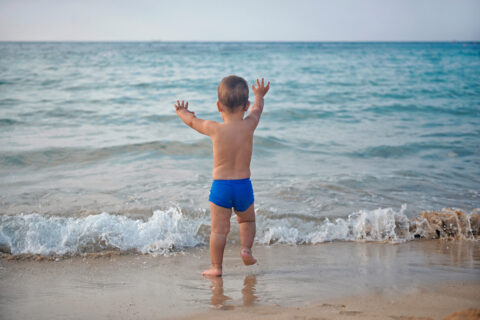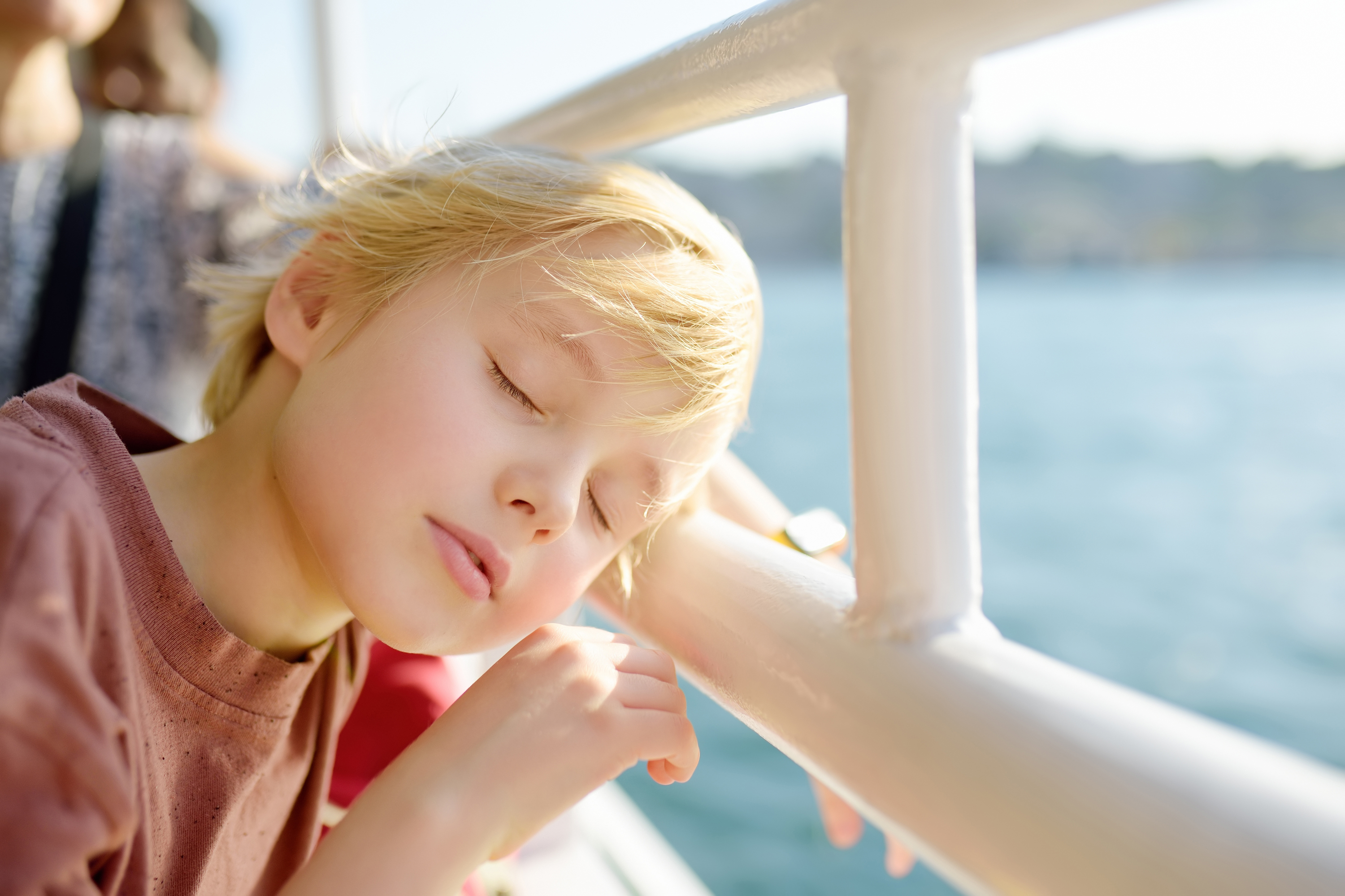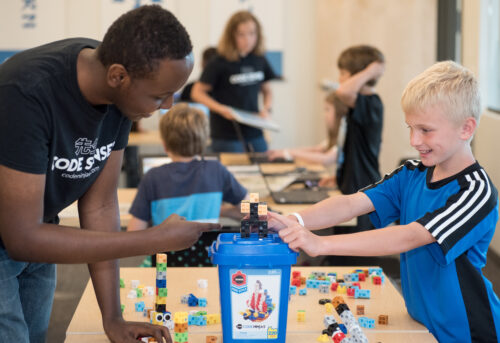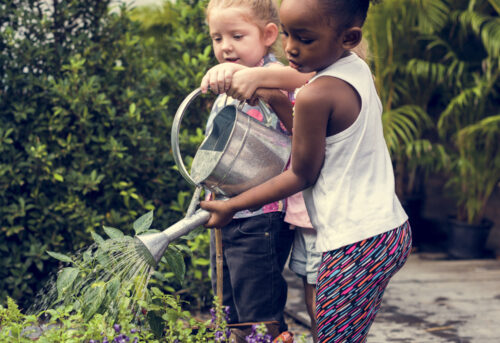1. Give safety briefings before every swim session.
Before hitting the water in their vibrant swimsuits, take a moment to review safety rules with your children. Emphasise the importance of staying well within their depth and not fooling around every time they take to the water.
2. Help your child understand water depth in relation to height.
Teach your child how to gauge water depth relative to their own height. This can help them understand where, and how far, it's safe to swim and where they should avoid.
3. Make sure they know basic swimming skills.
Teach your child basic skills, such as how to float on their back and tread water. These skills can help them stay calm if they find themselves in deep water.
4. Be sure to set distraction reminders.
Give yourself frequent regular reminders to check in with your child and ensure they're following the rules.
5. Designate breaks.
Swimming can be tiring, especially for young children. Make sure to designate regular breaks for rest and hydration.
6. Never zone out.
While lifeguards are there to help keep swimmers safe, it's essential to remember that they can't watch every small swimmer at all times. Keep a close eye on your child.
7. Make life jackets seem cool
Insist children wear life jackets when appropriate. Choose a life jacket with fun colours or designs to make it more appealing.
8. Educate your kids about what drowning looks like:
This may seem extreme, but at some point in childhood it could save your child’s life. Teach them to recognise the signs of drowning, such as gasping for air, flailing arms and glassy eyes.
9. Beware ‘Hey, watch this!’:
Children love to show off their swimming skills in their colourful swimsuits, but this can sometimes lead to risky behaviour. Encourage your child to swim responsibly and never attempt dangerous stunts.
10. See something, say something.
Teach your child to speak up if they see someone in distress in the water. Emphasise the importance of alerting a lifeguard or trusted adult immediately.
These simple steps should help to keep your little ones safe throughout childhood. Remember, when it comes to water safety, it's always better to be proactive than reactive.
Visit https://www.instagram.com/expe...
STOP SEASICKNESS!
While we are on the subject of water, sailing expert Rob Cage from Craftinsure has shared six tips to help prevent
seasickness, a debilitating condition that affects many children and
commonly causes dizziness, nausea and vomiting.
Rob says: ‘Seasickness happens when the balance mechanism in the
inner ear and the eyes send conflicting signals to the brain, causing
the release of hormones that leads to the unpleasant symptoms. In my
experience, the bigger the boat, the worse the seasickness can be. But
the good news is, if you’re on a longer trip, the symptoms should only
last a day or two and recovery rate is 100 per cent.’
• If you are taking sickness tablets along with you, it’s most
important to check with the pharmacist or on the pack that they are
suitable for your child’s age. When you are sure you have a suitable
age-appropriate brand, administer the tablets several hours before
going to sea or even before strong winds are forecast. If you wait for
your child to feel ill, it’s too late and the pill is likely to
reappear! You should also ensure chilren drink lots of fluids.
• Encourage children to get lots of fresh air and stay outside if
possible. Even if it’s windy and a little on the wild side, it’s
important to get in the breeze. The worst thing you can do is hide away
inside the boat, ship or ferry.
• Encourage children to focus on the horizon, ideally out on deck.
This is a proven tactic to avoid motion sickness. There’s a temptation
to hide away or lie down while feeling nauseous but staying inside the
boat or down below in the cabin will only make things worse. Focusing
on the horizon helps to stop the brain’s internal balance mechanism from
getting confused and should improve symptoms.
• If you’re on a larger boat or ferry, don’t position yourself at the
ends (called the bow or stern). These sections are thrown about by the
waves far more intensely, so will exaggerate the swaying motion and make symptoms worse. The technical term for this is pitching - the ends pitch
more than the middle. Stay as near as possible to the middle of the
ship.
• Encourage children to do something that engages them totally, as
this will help to keep their minds off the seasickness. Try playing a
brain game, where you list countries or animals beginning with the
letters of the alphabet in turn.
• Have a plastic bag to hand if the worst happens. Leaning over the side to vomit is dangerous.
Visit www.craftnsure.com











